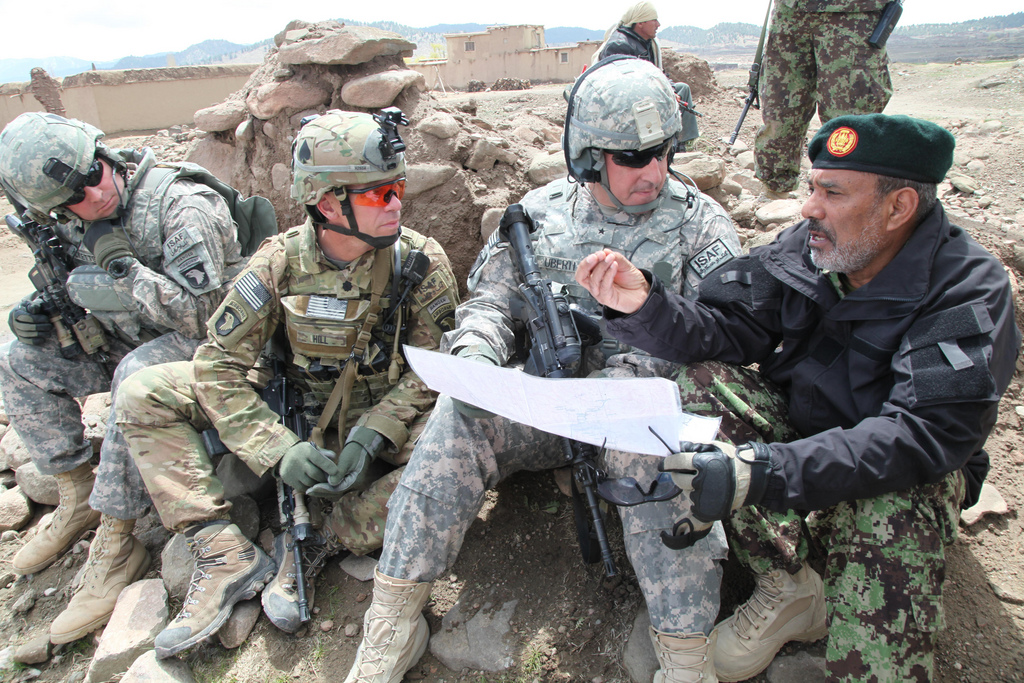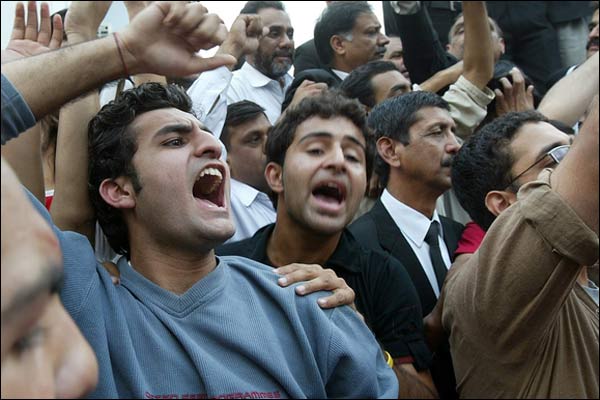Guest post by Andrew Boutton

In the aftermath of terrorist attacks against Western targets, countries in which these attacks occur typically find themselves in the US foreign policy spotlight. The US responded to the 2002 Bali bombing by boosting military cooperation with Indonesia and creating an elite counterterrorism force to combat Jemaah Islamiya, the Al-Qaeda-linked group behind the attack. Similarly, US aid to Yemen surged following the 2000 USS Cole bombing, and a paramilitary force was created with US funds and training. However, while the efforts of the democratic Indonesian government have virtually eliminated the threat of transnational terrorism from that country, nearly the entire southern half of Yemen is currently under AQAP control.
Some recent research examines the nature of the foreign aid-terrorism relationship, and discusses some factors that help explain why aid can have such divergent effects on terrorism. In one paper, David Carter and I investigate the use of US foreign aid as a “carrot” to persuade and equip host states to confront terrorism with greater gusto. Because diverting resources to counterterrorism campaigns at the behest of a foreign power is costly for these governments, aid is meant as compensation for those costs.
Examining aid allocation patterns, we find that the US has always defined its security interests narrowly, and even more so after 2001. The frequency and severity of anti-US terrorism are strong predictors of US foreign aid levels throughout the sample. However, more surprising was our finding that countries suffering terrorist campaigns that do not directly target US interests—even ostensible allies—are often left out to dry. For instance, long-running insurgencies in Colombia, Peru, and the Philippines attracted little US policy attention until American interests were threatened.
The data also suggest temporal shifts. Following the Cold War, the pool of aid recipients widened, but aid increases were channeled toward countries in which direct US interests were under attack from terrorism. This contrast only grew more stark after 2001, reflecting the increasingly security-driven, unilateral flavor of US foreign policy over the past two decades that some scholars have noted. In effect, our findings suggest that the post-WWII, US-led alliance network was steadily surpassed in relevance by a new network: countries in which direct US interests are endangered by terrorism. Significantly, this pool of countries is constantly in flux. When anti-American terrorism in a country declines, so does that country’s centrality to US foreign policy.
Naturally, one might ask what some implications of this highly security-oriented method of aid allocation might be, and whether it has been effective in reducing threats to US interests.
Given the difficulty of monitoring compliance or enforcing aid conditions, aid effectiveness depends on recipient state priorities. In two follow-up papers, I argue that a major determinant of the (in)effectiveness of counterterrorism aid is the existence of a security threat which takes precedence over terrorism in the eyes of the recipient regime. Specifically, a recipient engaged in a rivalry with another state will tend to prioritize pursuit of the rivalry over all else. Similarly, personalist dictators rule under constant threat of coups or assassination. Without a continuous revenue source with which to sustain their patronage networks and pay-off rival factions, they risk overthrow or death.
In both papers, US security aid is associated with significant increases in anti-US terrorist activity when allocated to states with external rivals, or to personalist dictatorships.
In these contexts, aid is not just an ineffective carrot; it can also encourage the recipient regime to become a terrorism “racketeer,” using the threat thereof to extort aid resources from donors. These are then channeled not toward counterterrorism, but instead toward protecting the regime against what it fears most.
These findings offer insight into several recent, puzzling cases. For example, it may be Pakistan’s fear of facing India without American support—not some ideological affinity with jihadist groups—motivating its apparent desire to continue having a terrorism problem. The Haqqani Network and other groups along the border function as insurance against a US withdrawal from the region.
Likewise, the lesson Yemeni president Ali Abdullah Saleh likely learned after 2005 US aid reductions was that without a threat from Al-Qaeda, Yemen was seen as just another poor country. “In retrospect, the planned attacks were a blessing for us,” a Yemeni official said of the attempted AQAP bombings of US airliners in 2009 and 2010. “They have alarmed the West.” Thus, the series of mysterious prison “escapes” and Saleh’s amnesty deals with AQAP leaders—which led to the group’s rebirth—are partially understood as tactics to procure security assistance with which to protect his regime from political and tribal enemies who wanted him out or dead.
Paradoxically, as the US made counterterrorism the centerpiece of its foreign policy, it left itself vulnerable to manipulation. Political incentives for US policymakers necessitate quick, often militarized, action against foreign threats that avoid boots on the ground. Unfortunately, this often means uncritically throwing good money after bad in these and other places, leading to the opposite of the intended outcome.
But there are reasons for optimism about ongoing counterterrorism efforts elsewhere. Former Nigerian president Goodluck Jonathan learned (albeit too late) that letting a terrorist problem fester is bad politics, and the army continues to reclaim territory from Boko Haram. In Kenya, president Uhuru Kenyatta also has incentive to maintain stability: terrorism scares away tourists, which hurts the economy and thus his popularity. While the campaign against al-Shabaab has been marred by police corruption and human rights abuses, these are areas in which assistance can help, perhaps with higher salaries and better training.
Although international attempts to cajole these governments into action have met with halting success, neither currently faces serious external threats, and both regimes are democratic, surviving in office by providing public goods and winning votes, rather than by distributing patronage. Both have skin in the game, in other words. In these circumstances, thoughtful allocation of security assistance—conditional on levels of ex post effort, rather than ex ante terrorism—has the potential to be productive. As in bioethics, the first rule when arming foreign governments should be “first, do no harm.” This is possible with careful allocation methods, and better appreciation of the security priorities of the recipient government.
Andrew Boutton is a Security Studies fellow at the Robert S. Strauss Center for International Security and Law at the University of Texas and an Assistant Professor at the University of Central Florida.







2 comments